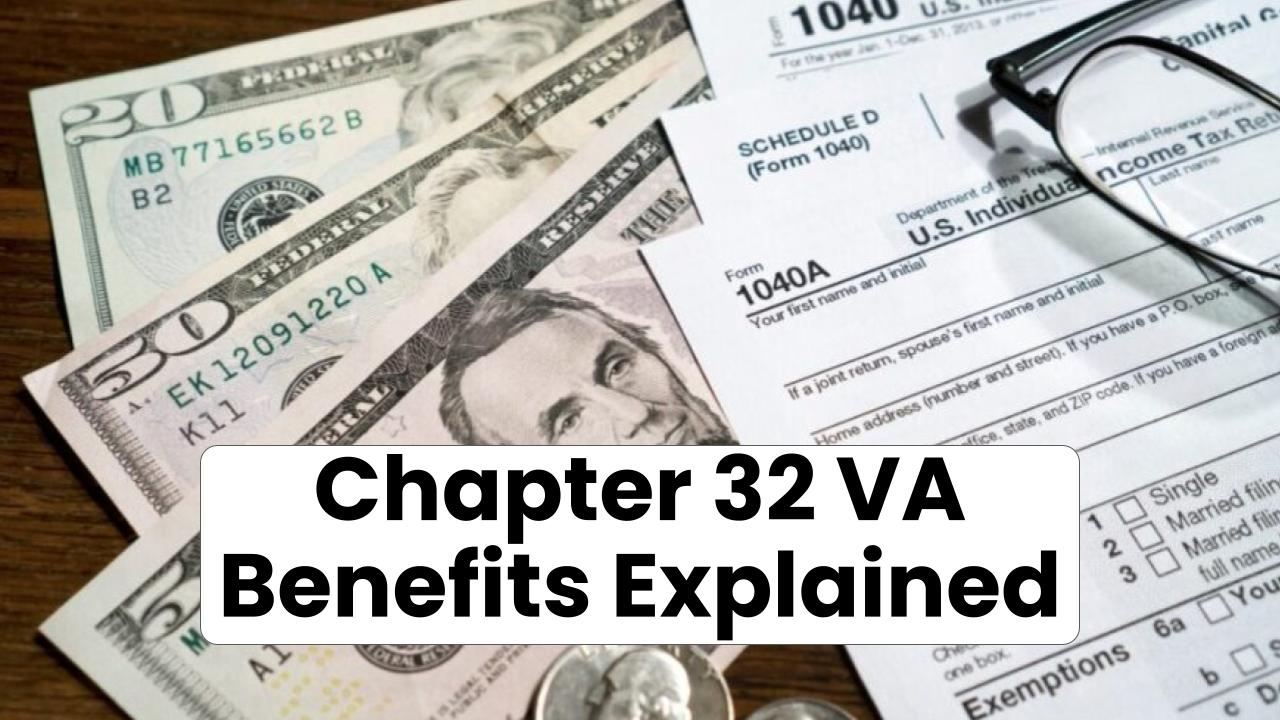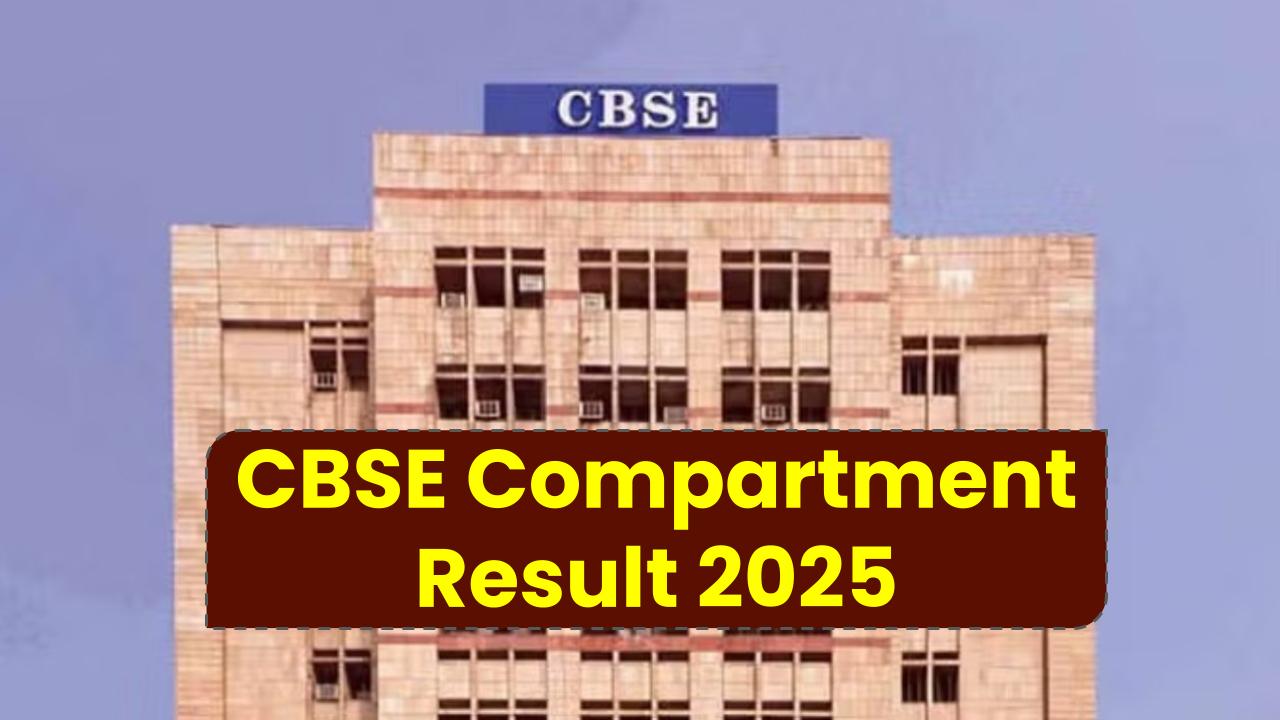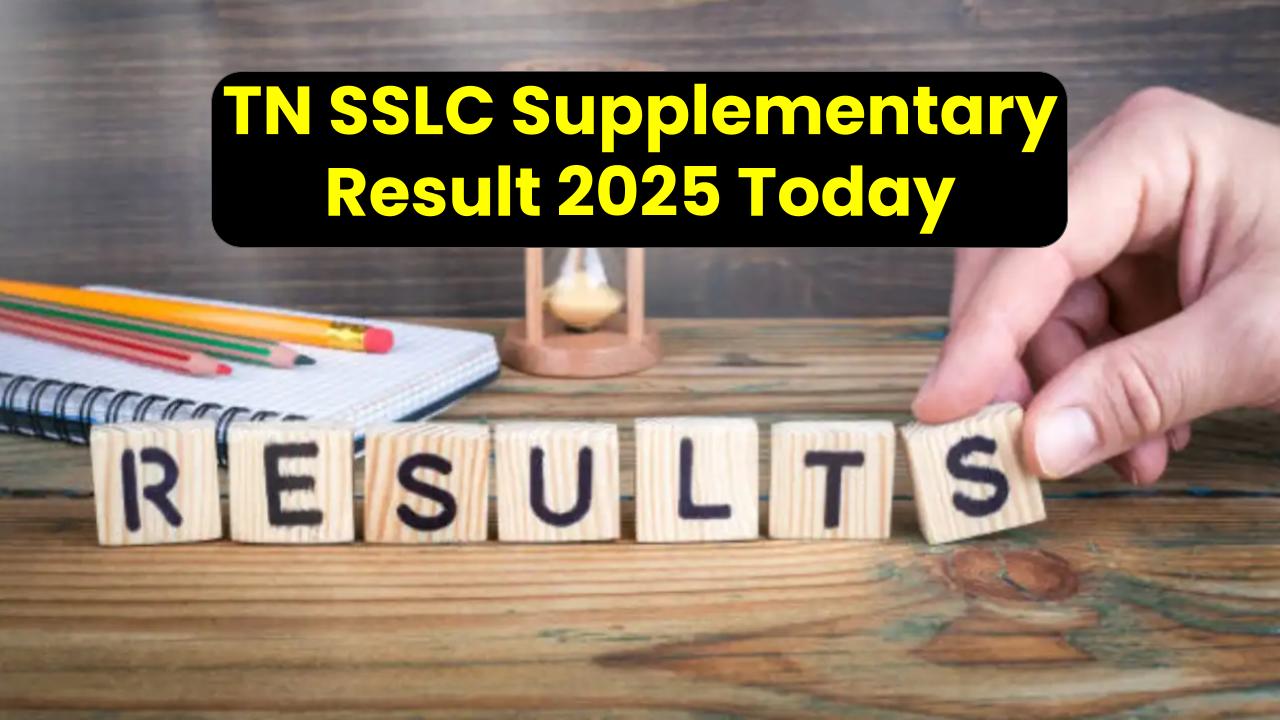South Africa Repo Rate 2025 Hike Expected is making waves across households and boardrooms alike. Whether you’re a homeowner juggling your mortgage, a student repaying loans, or a professional planning your savings strategy, understanding how interest rate changes affect your money is crucial.

The South African Reserve Bank (SARB) plays a major role in setting the tone for the country’s borrowing and saving trends through the repo rate – the rate at which the central bank lends to commercial banks. So, when the repo rate goes up or down, your loan EMIs, credit card rates, and bank savings feel the heat.
South Africa Repo Rate 2025 Hike Expected
| Topic | Details |
|---|---|
| Current Repo Rate | 7.25% (cut from 7.50% on May 30, 2025) |
| Prime Lending Rate | 10.75% |
| Expected Rate Trend | Potential further cut to 7.00% by early 2026 |
| Inflation (April 2025) | 2.8% (below SARB’s 3-6% target) |
| GDP Forecast (2025) | 1.2% growth (revised downward) |
| Who It Affects | Borrowers (home, auto, credit cards), savers, businesses |
South Africa’s repo rate cut to 7.25% in May 2025 has sparked a ripple effect across loans, EMIs, and savings. While borrowers benefit from lower repayments, savers might need to explore alternatives to maintain returns. As the economic landscape evolves, staying informed and proactive with your finances is key.
What Exactly is the Repo Rate?
In plain speak, the repo rate is like the master dial for your financial thermostat. When SARB increases this rate, it becomes costlier for banks to borrow money. In turn, they pass this cost onto you, the consumer, through higher interest on loans and mortgages. When SARB cuts the rate, like they did in May 2025, banks ease up and loans get cheaper.
For example, if you had a home loan at a variable interest rate pegged to the prime rate, your monthly payment likely dropped slightly in June 2025 after the repo rate cut.
Why Is SARB Adjusting the Repo Rate in 2025?
Several factors influence SARB’s monetary policy:
1. Inflation Is Under Control
April 2025 inflation dropped to 2.8%, below SARB’s comfort zone of 3-6%. Lower inflation gives SARB breathing room to reduce interest rates without sparking price hikes.
2. Growth Is Sluggish
South Africa’s economy is limping along with a trimmed GDP forecast of just 1.2% for 2025. With global trade slowing and tariffs hitting exports, SARB is using rate cuts to stimulate growth.
3. Global Uncertainty
U.S. tariffs, geopolitical tensions, and currency volatility are weighing on emerging markets. Cutting the repo rate helps make credit more accessible to South African businesses and consumers, supporting local demand.
How This Affects You: Loans, EMIs & Savings
1. Impact on Home Loans and EMIs
If you’re paying off a home loan, chances are your rate is linked to the prime lending rate, which is now 10.75%. Here’s the deal:
- Lower repo = lower prime = lower EMIs
- Example: On a R1 million home loan at 11% over 20 years, a 0.25% cut could save you over R30,000 across the loan term.
- Talk to your bank to ensure your EMI reflects the latest rate.
2. Personal Loans & Credit Cards
While personal loan rates are typically higher than home loans, they still track prime closely. If you took out a personal loan or use credit cards, your interest rate might reduce, albeit slightly.
- Some banks pass on repo changes within 4-6 weeks.
- Credit card rates are often semi-fixed, so check your terms.
3. Car Finance & Business Loans
- Auto loan EMIs are seeing modest relief.
- For entrepreneurs and SMEs, business loan repayments are likely more manageable now, which can encourage reinvestment and hiring.
What About Your Savings?
Here’s the flip side. Lower repo rates mean banks offer lower interest on savings accounts, fixed deposits, and money market instruments.
- Example: If your fixed deposit yielded 7.5%, it might now offer just 7.25% or lower.
- Fixed-income investors (like retirees) feel the pinch the most.
- Consider diversifying into higher-yield options, like government bonds or tax-free savings accounts.
What Should You Do? Practical Advice
For Borrowers:
- Review All Your Loans: Check if your lender has reduced rates in line with SARB.
- Refinance If Possible: Consider switching to a lower-rate lender.
- Use Savings Wisely: Put your EMI savings towards emergency funds or high-interest debt.
For Savers:
- Shop Around: Compare bank interest rates actively.
- Go Short-Term: Lock in short-term deposits so you can reinvest later.
- Explore Alternatives: Look into Treasury bonds or dividend-yielding equities.
FAQs
Q1: Why does SARB cut or hike the repo rate?
A: SARB adjusts the repo rate to control inflation and support economic growth. Lowering it makes credit cheaper, boosting spending.
Q2: How soon do banks pass on the changes?
A: Usually within 4 to 8 weeks, though this varies by institution.
Q3: Will the repo rate go down further in 2025?
A: Possibly. Analysts predict one more cut to 7.00% by early 2026 if inflation stays low.
Q4: Is it a good time to take a loan?
A: Yes, especially if you’re eyeing variable-rate products. Rates are likely to stay steady or fall slightly in the near term.








